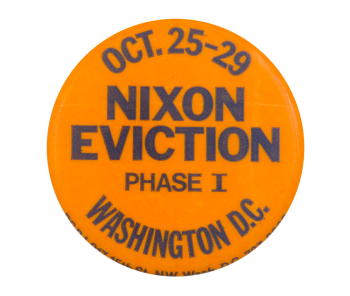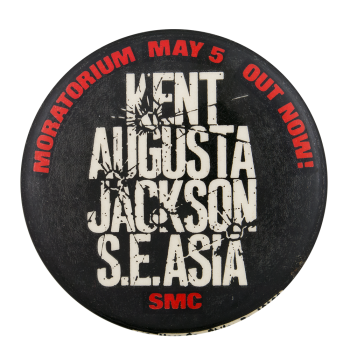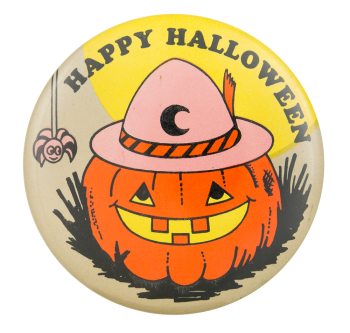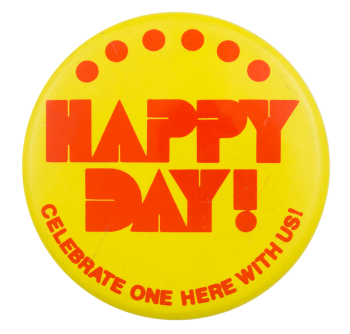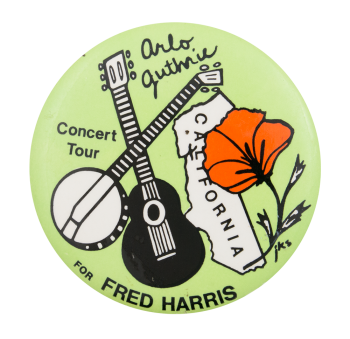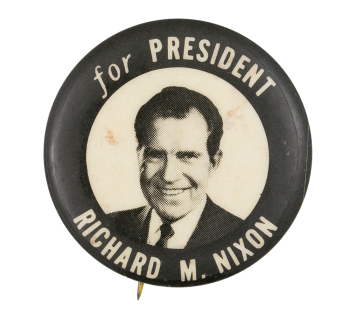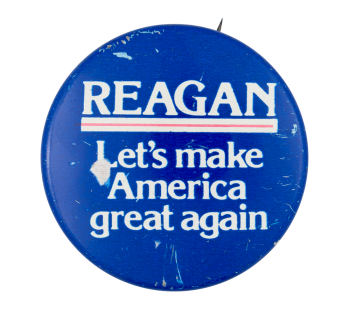Nixon Eviction
| Category | |
|---|---|
| Additional Images | |
| Text on Button | OCT. 25-29 NIXON EVICTION PHASE I WASHINGTON D.C. |
| Image Description | Blue text on an orange background |
| Curl Text | N.G. SLATER CORP. N.Y.C. 11 union bug P.C.P.J. 917 15th St. N.W. Wash. D.C. 737-8600 |
| Back Style | |
| The Shape | |
| The Size | |
| The Manufacturer | |
| Additional Information | According to a 1971 article by the Daily Kent Stater the People’s Coalition for Peace and Justice organized a demonstration in Washington, D.C. from Oct. 22-29 as part of two-phase “Evict Nixon” campaign. Phase I of the week began with a People’s Grand Jury comprised of everyday people, including a veteran, a housewife and others of diverse backgrounds. The purpose of the jury was to hear testimonies related to Nixon’s alleged crimes related to Vietnam, racism and repression and returned an eviction notice to President Nixon. Phase II began on October 26 with a conference discussing such topics as “What Can be Done to get rid of Nixon without Compromising One’s own Politics.” |
| Catalog ID | EV0273 |

